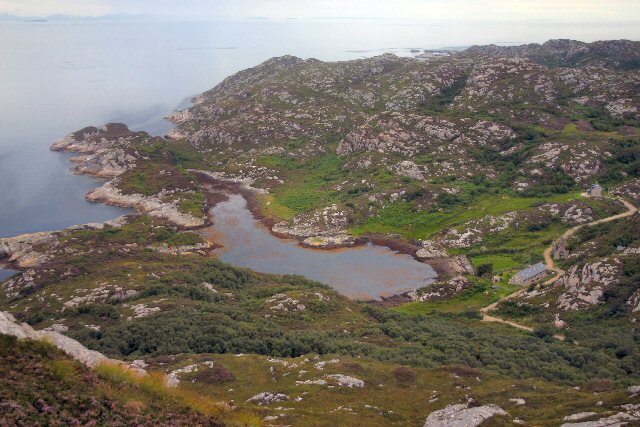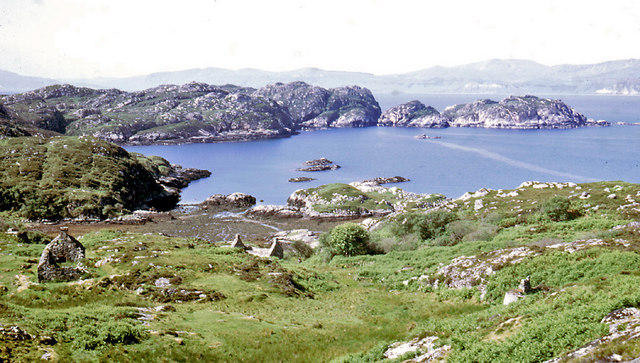![]()
![]()
South Rona 1973
(Age group 16-17)
Leader: Jim Turner Camp Administrator: Chris Hood
Officers: Robin Illingworth, Dave Jackson, Peter Jackson, Jonathan Rake, Tony White
Boys: Richard Barclay, Dave Barney, Mark Creamer, Paul Chick, Piers Dyer, Mike Forrest, Paul Gowland, Peter Harness,
Timothy Harness, Richard Hellier, Bob Hemmings, Peter Jeffries, Jim Loring, Mark Outhwaite, Chris Parsons, Raymond Snook,
Mike Standage, Tim Thompson, Philip Todd, Jeremy Turff, Martin Turff, David Warren, Norman Watson, Geoffrey Horton.
LEADER'S REPORT
|
Seen from a distance, South Rona is undoubtedly a desolate place. Its bare hulk of scarred and scratched rock projects defiantly from the sea-bed and contrasts with the gentle and verdant mainland. On approaching the island, the scars and crevices grow, to reveal small valleys with peat bogs and rowan trees. The largest valley of all, however, partly occupied by Loch Braig, is completely hidden from the sea. The journey to Scotland and South Rona was, as ever, tedious; arriving at this supposedly uninhabited island, we found a party from the Applecross School of Adventure and their intrepid leader, Fred, camped above Big Harbour. Luckily for us, they helped to transport some of our equipment over to our campsite at Dry Harbour. The first couple of days were spent in setting up the campsite and making exploratory trips around the island, just to get used to the place. It was a strange experience for one used to commuting to London every day. |
 Dry Harbour, Rona.Viewed from Meall Acairseid © Copyright Bob Jones
|
Then things started in earnest; during the expedition there were a total of six bivvies away from the main camp, including a canoe bivvy to the northern end of Raasay to collect an expedition member who could not travel with the main party. There were a total of nine fieldwork projects, including an extension of the 1971 expedition's settlement survey. A selection of the reports and other articles which were written follows in this Report, and will give an idea of our activities which concerned not only fieldwork but also climbing, diving and canoeing, not to mention hydraulic engineering. This last activity brought us very much into contact with the lighthouse keepers at the northern end of the island, who were always willing to help us and provide us with such valuables as cups of tea and, on one occasion, hot baths! The most dramatic incident was the evacuation of an appendicitis case by a BEA Sea King helicopter! (Photographic evidence of this will be on display at the Conference). Of the thirty-one members of the expedition about half were old members of the Society. As leader, I found that this proportion maintained the happy medium between the valuable S.H.S tradition and exhilarating new ideas and approaches; I can honestly say that the expedition had no hangers-on, everyone being anxious to make the most of their time on South Rona. This, I believe, was the prime reason for our success. I think it significant that the two expedition members who had 'never done anything like this' previously, probably got more out of the expedition than anyone else. Finally, my sincere thanks to the Pipers of Wivenhoe, where I lived for a month before the expedition, for their support and encouragement. JIM TURNER |

|
View West from Dry Harbour Cottages Rona
© Copyright Carolyn Mansfield |